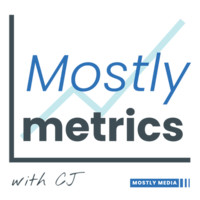- Home
- Posts
- Customer Retention F'Ups
Customer Retention F'Ups
Understanding all the different types of Renewal and Retention rates at B2B software companies
Sales ops
Subscribe to our premium content to read the rest.
Become a paying subscriber to get access to this post and other subscriber-only content.
UpgradeYour subscription unlocks:
- In-depth “how to” playbooks trusted by the most successful CFOs in the world
- Exclusive access to our private company financial benchmarks
- Support a writer sharing +30,000 hours of on-the-job insights

